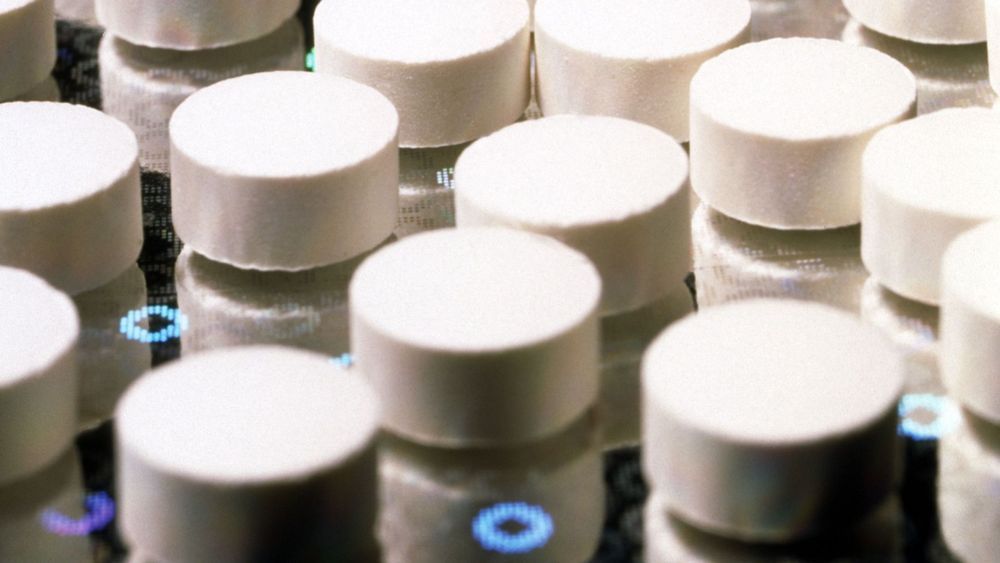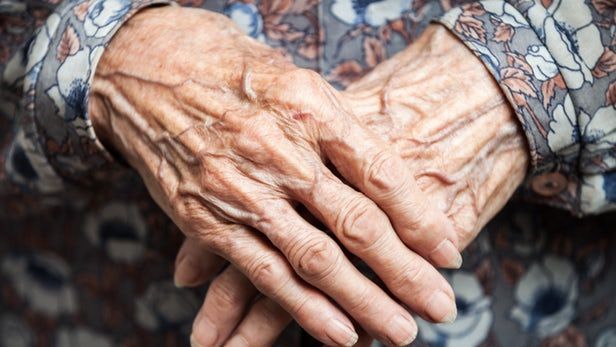AM I Wrong for wondering about Metformin and its true benefits against the Senesonic-Sensonic pandemic Plague mankind has called aging??? Metformin has been in use truly since the 1920’s and we have not found today an elderly person who is living 125 or 150 years who states they merely took metformin for diabetes??? Now Met has proven itself as a resistant against diabetes due to preventing the liver from making to much glucose that then enters the body. But is it a Longevity drug for mankind is the burning question??? You be the Judge… {I found this link on Antonei Benjamin Csoka group page on the book of faces} Respect r.p.berry & AEWR wherein we have found the causes and a cure for the Pandemic plague mankind has called aging… https://we search for partners and investors to join us in agings end…
Does it make sense to treat ageing as a disease?




